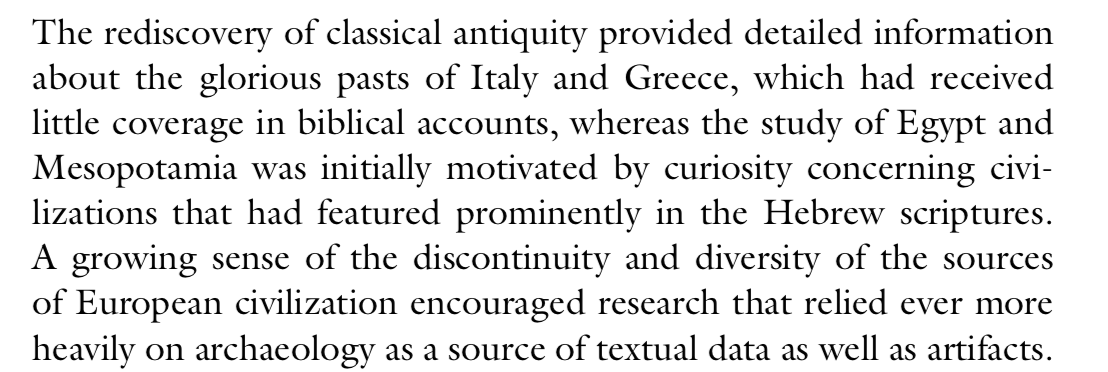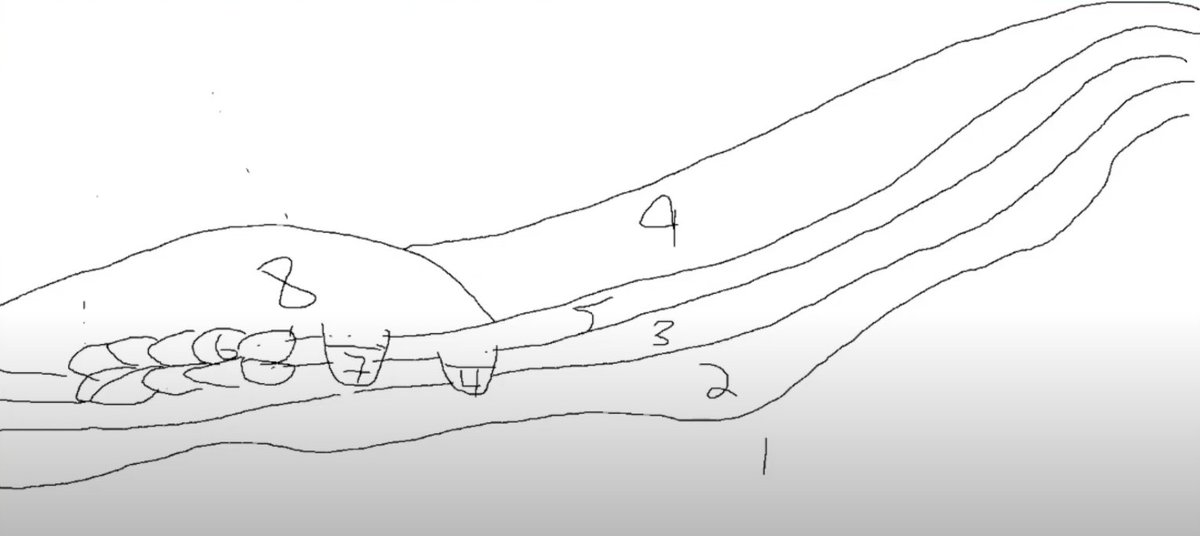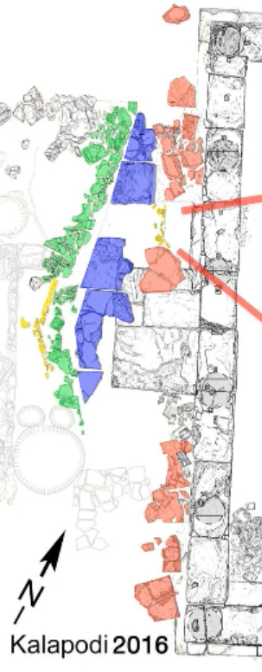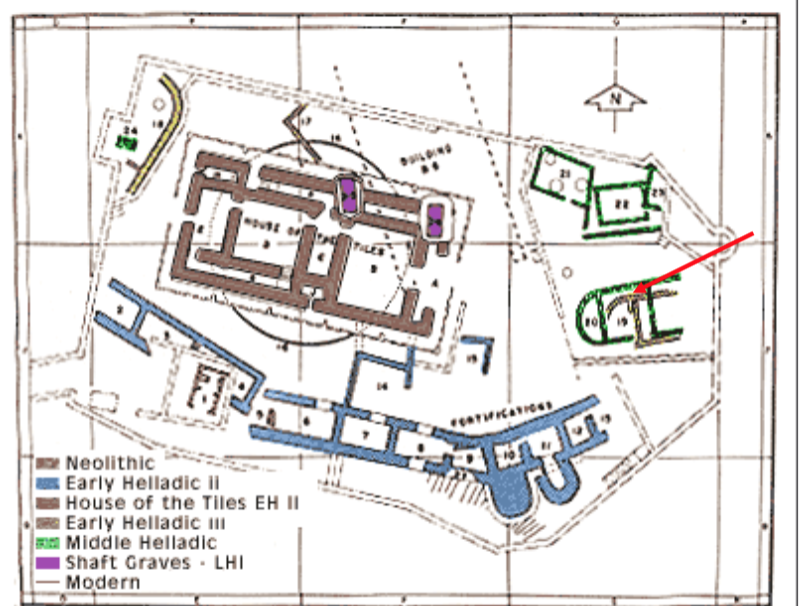#CLST6 #CYO1 #Prehistory I chose to watch the lecture titled: Early Temples Built of Wood and Stone: New Finds From Kalapodi. This lecture was presented by the American School of Classical Studies at Athens. /1 https://vimeo.com/193499051 ">https://vimeo.com/193499051...
In this video, Nils Hellner focuses on the archaic South Temple in Kalapodi which was constructed in 570 BC. The capital stood until 489 BC when it was burned down by Persians as revenge on the Phokians for their involvement in the battle of Thermopylai. /2
Hellner started by focusing on the stone foundations which were almost completely preserved. He then spent a great deal of time analyzing the stylobate blocks which allowed him to identify the positions of the wood columns. /3
Circular indentations revealed where the wooden columns were lifted into place. He characterized the temple as being 6 by 11 columns which is known as a “Kurztempel” (short-temple). Hellner knows the temple was partially constructed from wood because roof tiles /4
and burnt debris created a protective layer which sealed in the temple and big pieces of carbonized wood. However, he questioned the feasibility of wood being the main material for such large and complicated structures. /5
He especially focused on how large wooden elements would split in a lack of humidity. /6
Although the capitals at Kalapodi are from a later period than most of the architecture we have been studying, I still think it is important to note Hellner was able to separate what was found at this site from the current religion or mythological stories of the time period. /7
From the “Classical and Other text-based Archaeologies” reading, we learned that “the study of Egypt and Mesopotamia was initially motivated by curiosity...in the Hebrew scriptures” but eventually moved to /8
“research that relied ever more heavily on archaeology as a source of textual data” (78). I want to bring this up because Hellner, like any good archeologist, had to make intellectual leaps when reconstructing a wooden temple on paper, /9
but I think he did a great job of separating actual evidence from his personal biases. Next, I focused on the the capital being burned down. Although unfortunate during its time, it reminded me of our day three lecture (Sept. 27th) in which we learned how destruction /10
can seal in place a period in time, and we used Pompeii as an example. We may never have known about the wood columns if the temple was not preserved by a layer of sedimentation. This also relates to stratigraphy such as this drawing created by Professor Dibble. /11
Finally, I noticed how Hellner presented his findings in a typical fashion we have been studying. This picture below shows how he colored different elements depending on their date.
/12
/12
This image is from slide 30 of the Introduction to Bronze Age Slides and shows the same archeological technique. /13
This wood capital can help us view archaeology in a different way because it reveals the breadth of this field of study. Archaeologists can learn about history from more than just the obvious materials of terracotta and gold. /14
It is amazing to me that Hellner was able to draw a clear image of what a wooden temple from the archaic period probably looked like despite wood being a relatively weak material. /15

 Read on Twitter
Read on Twitter





